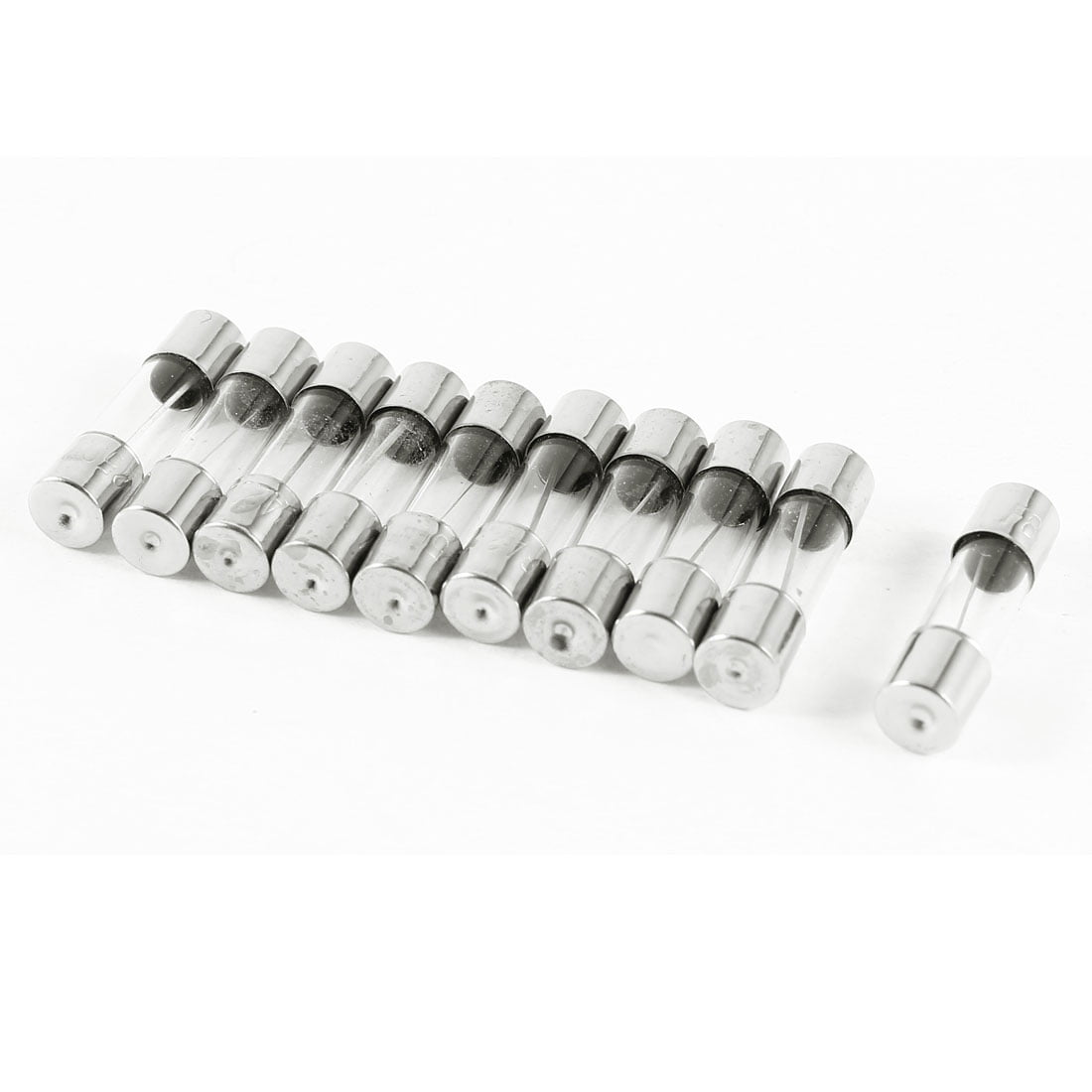
Automotive, blade fuses, or bolted type fuses.Here is a list of the different types of fuses. Furthermore, high breaking capacity fuses can limit short circuits reaching up to 100 000 A RMS. The higher the breaking capacity, the stronger the fuse. Your breaking capacity must at least be equal to the short-circuit current. You must know the operating characteristics of your fuse if you want to calculate the discrimination of the different protective devices. The operating zone is what determines the operating time of the fuse with the current crossing it. Rated currents and voltages table Operating Zone While the conventional non-fusing current (Inf) is the current value, the fuse can withstand without melting. The conventional fusing current (If) is the current value that makes the cartridge melt before the conventional time runs out. We have two conventional currents, which include fusing and non-fusing. You can calculate these cartridges to resist specific temporary overloads. On the other hand, fuse cartridges protect electric motors from short circuits and high overloads. Also, these cartridges have black markings. These fuse cartridges protect the circuits from high and low overflows and short circuits. The gG fuse cartridge is mainly for general purposes. For low voltage applications, we have gG and aM fuses. You can identify fuses by two letters according to your applications (more details later). So, here are some characteristics to look out for before buying or designing your fuse: Type of Fuse Plus, fuses are still fundamental in most applications. Though a fuse isn’t as flexible as a circuit breaker, it is reliable for high-performance devices. The fuse is the first device used for protection in electronics. However, the element you choose must not corrode or oxidize over a period of time. You can make fuse elements from copper, aluminum, silver, zinc, or their alloys for predictable trip currents. Additionally, the length and thickness of the resistive element decide the rated voltage. The electric current is always the cause of the heating effect.

But, if the voltage increases beyond the fuse rated current, the resistive element interrupts the circuit by melting. However, the temperature increase won’t dissolve the filament-if the voltage is normal. Thus, increasing the resistive element’s temperature.

This process dissipates some power as heat. As current flows into the element, it creates a tiny voltage drop across the element (small enough not to affect the circuit downstream). The most basic type of fuse equips a resistive element because of its melting point. Thus, protecting the components from damage. Types of Fuses– How Fuses Thoroughly Work?Īs mentioned earlier, the fuse’s primary job is to disrupt the circuit if there is excess current flow. These parameters represent the operating current, speed, time, operating voltage, and fuse element melting of the fuse.

However, manufacturers design each fuse to protect electronic devices with certain electrical parameters. Usually, this occurs during severe overcurrents.įuses have various sizes and shapes. When this happens, it creates an Electric arc blast. However, connecting the fuse in one branch of a parallel circuit won’t affect the flow of current in other branches.Īdditionally, you’ll find that manufacturers place fuse wires within a safety sheath to minimize the hazards of the wire burning up with violent force. So, when the fuse opens (blows), it stops the flow of current through the components by opening the entire circuit.
#Types of gpass fuses series#
It would help if you always connected a fuse in series with the electrical components-you want to protect. It has a conductive strip that melts and separates whenever there’s an overflow of current. Circuit safety is the specialty of a fuse.


 0 kommentar(er)
0 kommentar(er)
